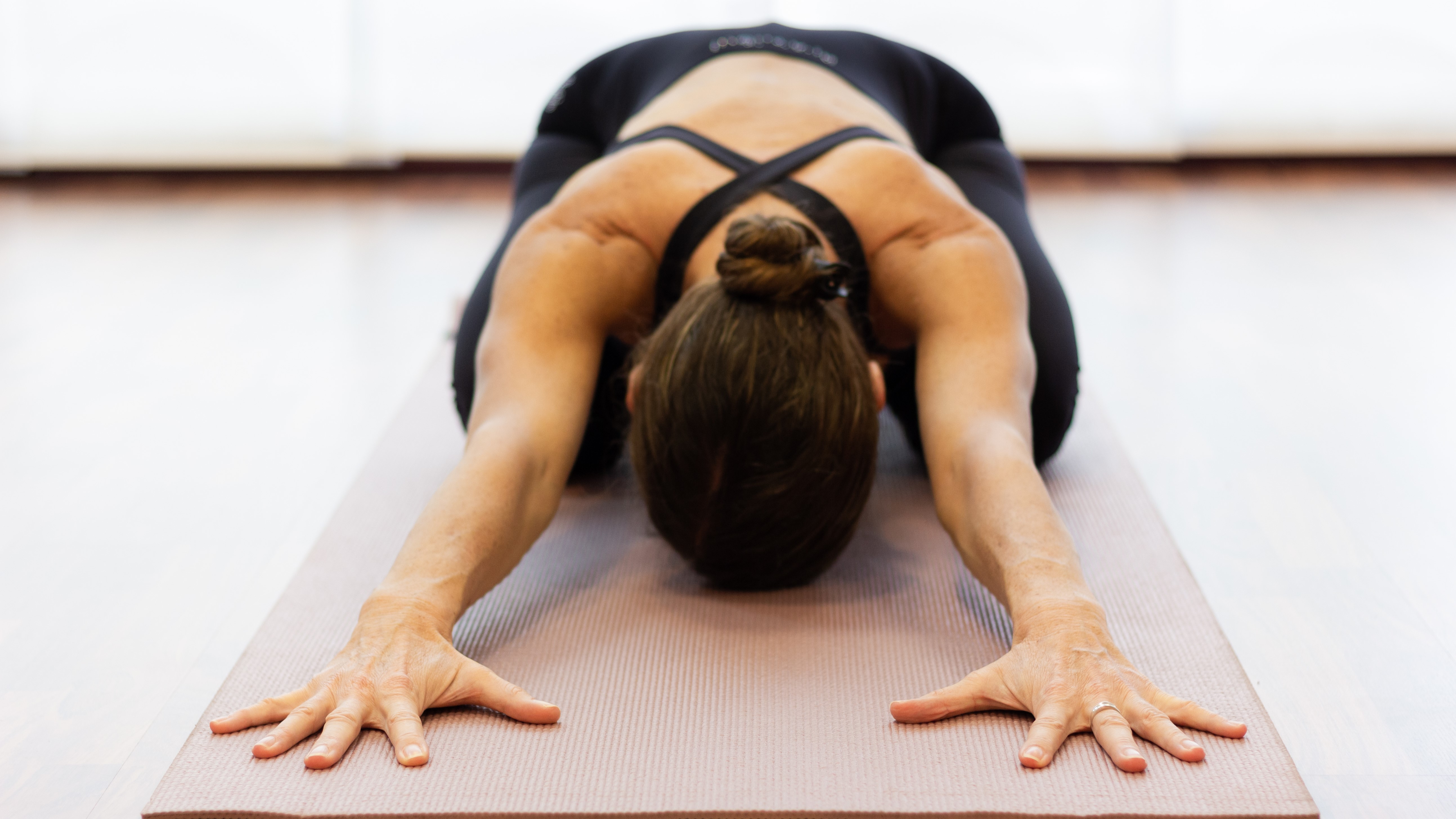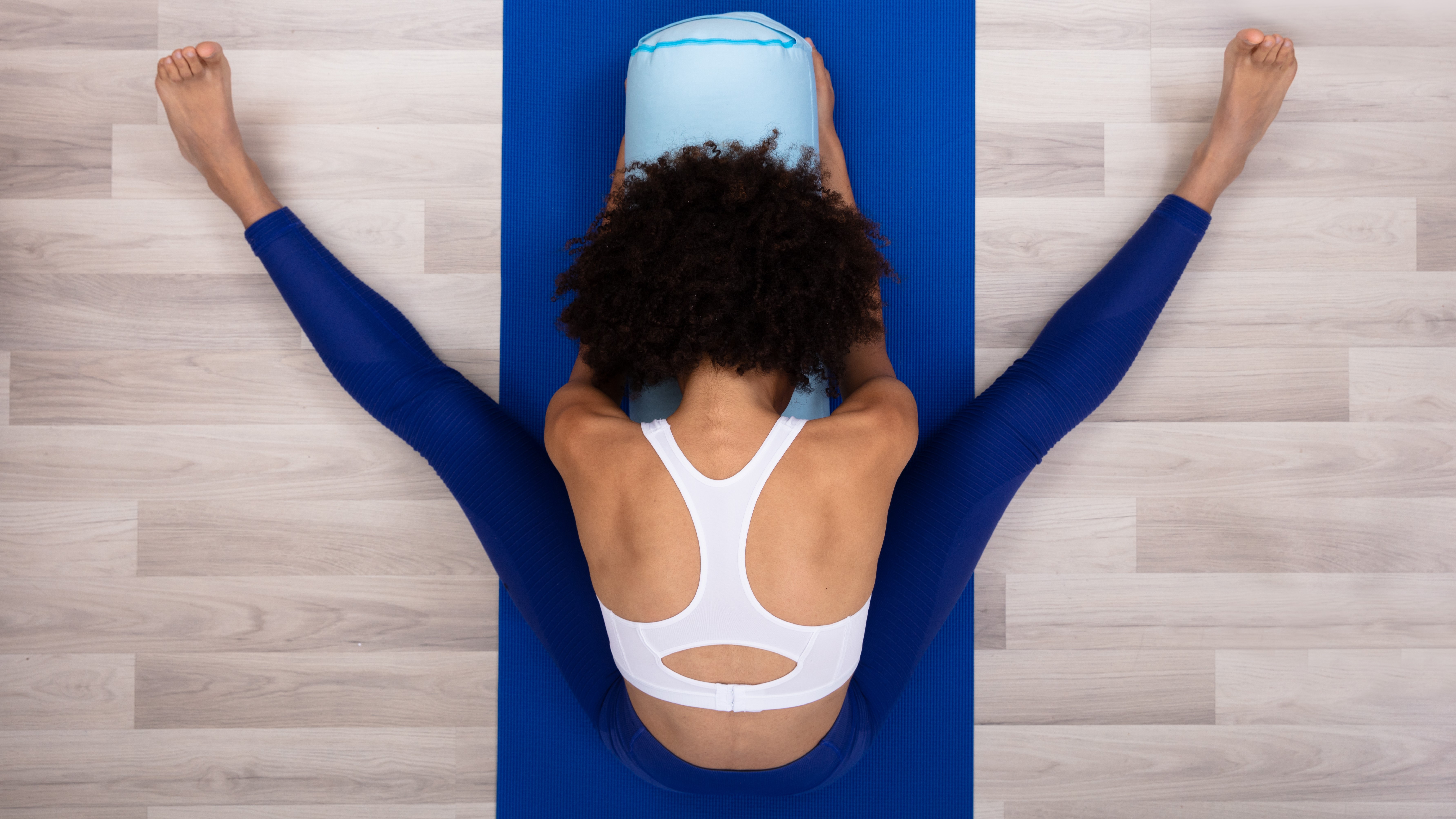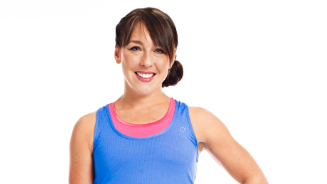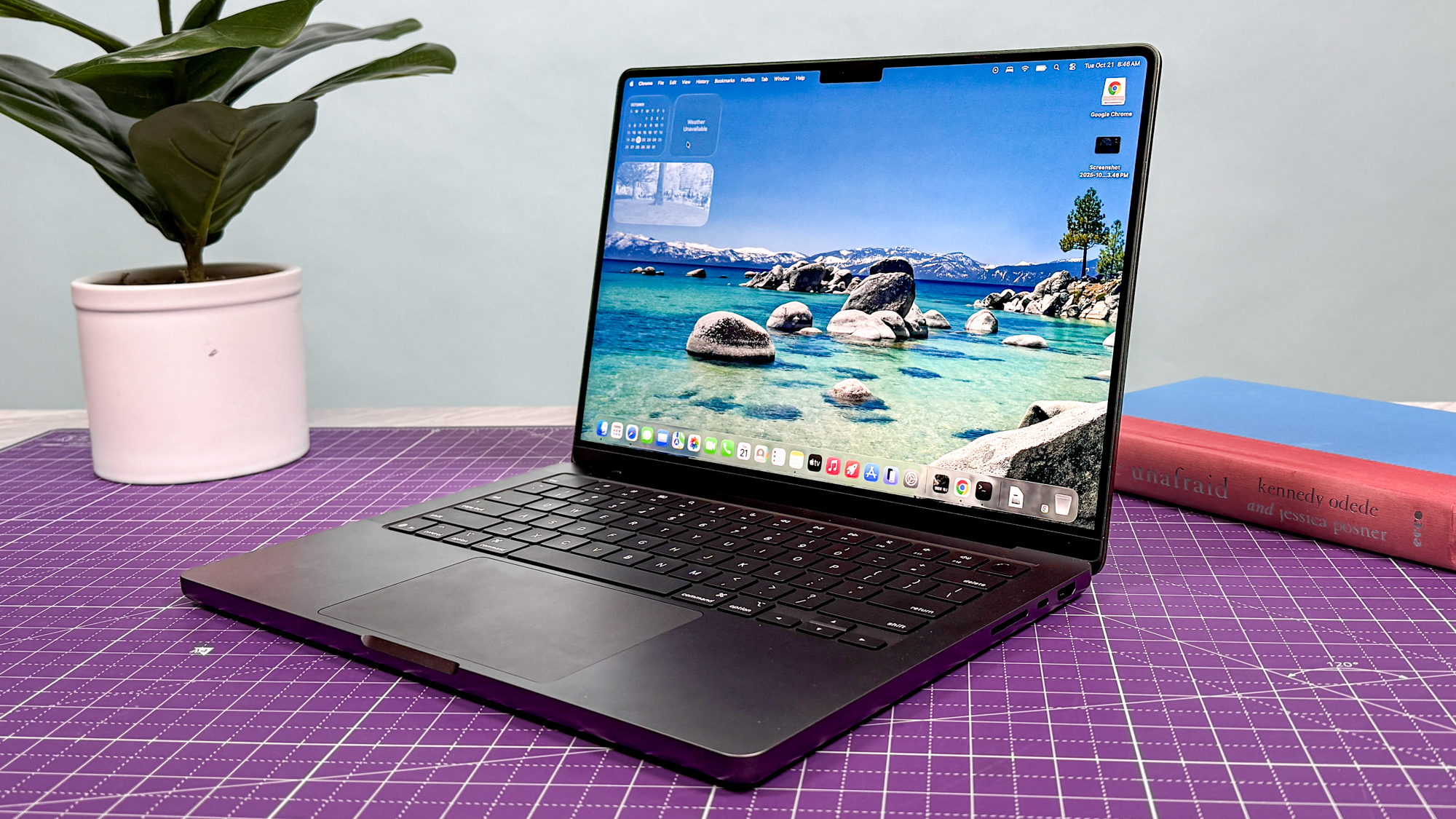I did yin yoga every day for a week —here's what happened

If you’re familiar with Chinese philosophies, you’ll know that where there’s a yin, there’s always a yang. The same is true when it comes to yin and yang styles of yoga.
The Yang varieties tend to be vigorous, fast-paced classes like vinyasa, Bikram power and Ashtanga, whereas the yin variety tends to be slower and more meditative like yin yoga.
The aim with yin is that you create the space to turn inward and tune into both your mind and the physical sensations of your body as you hold each pose. Here's a closer look at yin yoga and what it can bring to your workout.
What is yin yoga?
Yin yoga is a slow and deeply releasing, meditative practice that targets the deep connective tissues, bones, joints and ligaments in the body. “The practice is made up of three principles” explains Kassandra Reinhardt from Yoga with Kassandra. “Finding your edge, holding the pose and resolving to be still”
“Finding our edge means not chasing sensation or intensity — not pushing or pulling or forcing ourselves into a shape. Holding means that we stay in each pose from two to six minutes depending on the pose while being still means we don’t fidget or move so that we can send good stress to the joints as opposed to the muscles,” explains Renhardt.
What happens in yin yoga class?
In yin yoga, you’ll hold poses for a much longer period of time than you would in other types of yoga like vinyasa, which tends to follow the five to eight breaths protocol.
By holding the poses for longer, yin yoga will help you to stretch and lengthen whilst sending good stress to the joints, not the muscles. It also teaches you how to breathe through discomfort and sit with your thoughts making you not only mentally strong and calm but physically flexible and limber.
Get instant access to breaking news, the hottest reviews, great deals and helpful tips.
All you'll need for yin yoga practice is one of the best yoga mats, and perhaps a cushion or pillow, and a yoga block if you have one.
What are the benefits of yin yoga?
This grounded and more gentle form of yoga comes with a ton of health benefits, including increased flexibility, improved joint mobility, and muscle recovery — perfect for those (like me) who are time-poor and forget to stretch after a workout.
This leads me to further discovery that yin yoga is great for stress too. Swedish researchers found that those who did yin yoga twice a week combined with a mindfulness practice showed a significant decrease in stress and worry after just five weeks.

I had to give it a go; as a mom with two little ones, a busy writing career, and a daily gym routine to stick to, my body and nervous system breathed a sigh of relief when I signed up. It’s time to slow down.
I did yin yoga every day for a week — here's what happened
Day 1
My first observation is exactly what the experts warned me — yin yoga is a slow (very slow) practice.
To start the class we sit with crossed legs for some meditation. The aim is to help you fully relax before moving into the first pose — the half-butterfly. Once in position, we hold for a good 5 minutes on each side and I’m shocked at just how long this feels. In my usual hour workout I tend to blast through 15-20 exercises — hundreds of reps — and get in thousands of steps — but in this 60-minute class, we’ve completed just six yoga poses.
It’s not at all negative though. The deep stretches felt great — and the more I held each pose the more I felt my body naturally let go of any tension and naturally find the shape it wanted to be in. Patience is key — and already I’m starting to let go of my yang.
Day 2
Today my instructor reminds me that “The magic in yin yoga happens when you hold the pose in stillness.”
Holding each pose feels even longer than yesterday but I embrace the stillness and feel the benefits of my muscles and tissues lengthening and becoming more pliable. I walk away from the class feeling more agile, mentally soothed — and ready to go to sleep. I think I’ll try an evening class tomorrow so I can roll straight into bed.
Day 3
After feeling zen and grounded after yesterday’s class I’ve opted for an evening class armed with knowledge and reassurance that yin yoga soothes the nervous system and grounds any excess mental energy so that you sleep better, longer, and deeper. As I breathe into the last pose of the evening the Sleeping Swan (very apt) I can feel the day’s chitter chatter lessen and any stress from my day fade into the background, which sets me up nicely for a good night of rest.
Day 4
Despite my love for high-intensity workouts I’m starting to embrace the feeling of moving slowly and deeply through each pose, and as corny as it may sound, I’m enjoying the connection; I’m connecting with my mind, body and spirit.
Pounding the treadmill, dragging myself to boot camp, or lifting weights can often adrenalize me and cause more stress in my body — when actually my body sometimes craves and needs the exact opposite. I’m embracing the gentleness as I hold each pose. And because I'm back to a morning practice, I reaffirm some daily positive affirmations and get my mind strong for the day ahead — “I radiate peace, love and well-being.”
Day 5
Five days in and I’m noticing the improvement in my joint mobility and flexibility. As an ex-national gymnast, the flexibility was always there it just needed waking up and the consistency has done just this.
I’m also starting to embrace the stillness of each pose and do a head-to-toe body scan as I hold. It’s great for body awareness and just tuning in to what I need from the day’s session.
Day 6
Today we held one of my favorite poses — the seated forward bend — for would you believe 6 minutes? As our teacher guided us through, she reminded us of the importance of this pose that stretches and lengthens the whole posterior chain of the body — oh, and that “duration is more important than intensity.” (I think I’ve worked that one out now.)
As the clock ticked, we were also reminded to find stillness and to avoid fidgeting or moving around to switch off any muscle activation and surrender into gravity fully. By doing this I pushed to a point where I felt a “comfortable discomfort.”
Have I finally cracked the beauty of yin yoga? Stretching to the point of pain is never the end game — sometimes less is more.
Day 7
It’s my last day of the challenge: how do I feel and will I be doing day eight?
I feel that my self-awareness is off the scale and any tension in my body — especially my hips, pelvis and lower back has dissipated, but I won’t be doing it again tomorrow. Don’t get me wrong, I’ve loved the stillness and mental clarity the classes have provided — I rarely slow down and yin yoga has provided a great balance of meditation with movement.
This class will be the perfect once-a-week class to help complement my lifestyle and other training, and it’s been great learning new poses like Utthan Pristhasana (Lizard Pose) and Supta Matsyendrasana (Spinal Twist) and seeing how my body and range of motion have progressed through each session. The best thing is, that I’ve found my love for stretching and working with my natural flexibility — and my instructor will be pleased to know that I won’t ever rush or bounce through my stretching routine ever again!
More from Tom's Guide
- Forget squats — this 20-minute chair yoga routine sculpts stronger legs and core muscles without weights
- Forget planks — this seated ab workout sculpts your core in just 10 minutes
- Running vs swimming: Which burns more calories?
Lucy Miller is a Journalist, Level 3 Personal Trainer, Nutritional Advisor and Children’s Fitness Specialist. She holds fitness qualifications from NASM Training and Premier Training International and has been a fitness journalist and model for over 20 years.

